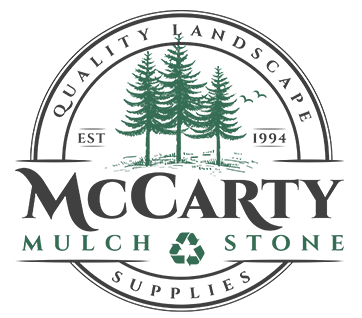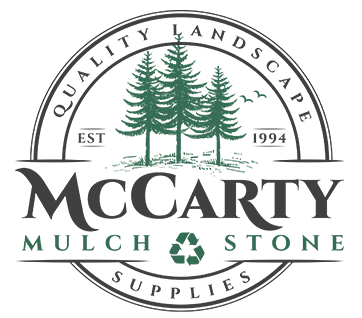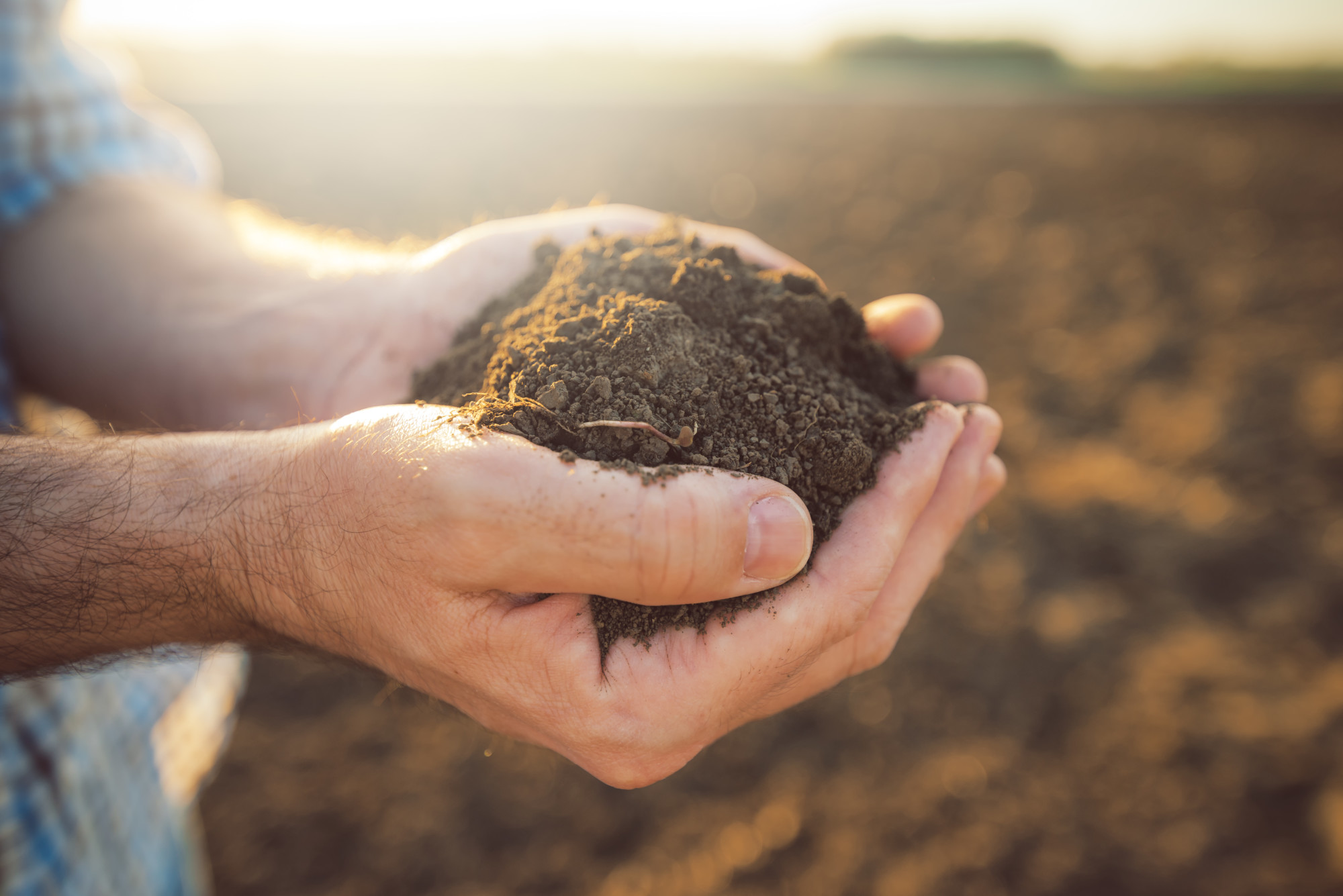Prep Your Garden Soil for the Next Growing Season
Do you love to garden? If so, you’re not alone.
This is especially true now that more and more people are seeking to live a healthy and sustainable lifestyle. After all, there’s nothing better than fresh organic foods grown in your own backyard.
While it might be cold outside right now, it’s still important to prepare your garden soil for the spring planting season. This article takes a look at how to prep your garden so that you’ll enjoy a plentiful harvest of delicious vegetables once the weather warms up. Keep reading to get the inside scoop on soil preparation in your backyard garden.
Testing Your Soil for Alkalinity and Acidity
First of all, you need to make sure that your soil contains the necessary moisture and nutrients. You’ll also need to analyze the alkalinity and acidity levels on a 1-10 pH scale. The ideal level is 7pH. Getting this exactly right is important for proper plant and color.
You can purchase a soil testing kit at any local home improvement store or gardening center.
You’ll also need to check for certain macro-and microelements that plants need for optimal growth and to protect them from nitrogen, phosphorus, potassium, calcium, magnesium, sulfur, iron, manganese, copper, zinc, boron, molybdenum, cobalt, and chlorine.
Building Your Soil
Another aspect of preparing your garden for spring is to build the soil. This is necessary because the soil in most backyards is stripped away during construction. Thus you’ll need to add back certain organic matter such as compost. Keep in mind that transforming your soil into a quality growing environment won’t happen overnight. In fact, it might take several growing seasons.
Composting
Composting is the process of decomposing plants and various forms of waste and materials so that it can be used to add valuable nutrients into the soil. The soil needs to be loose and airy, providing ideal conditions for roots to penetrate deeply and giving the plant the maximum resources for healthy growth.
Maintaining a quality compost pile is essential for cultivating a healthy and vibrant garden. You should include twigs, leaves, lawn clippings, coffee grounds, manure, seaweed, vegetable scraps, and weeds, just to name a few.
The key to your compost pile is to mix it in layers, and then turn it every week or two. This helps move the dry materials away from the edges to the middle of the pile.
Adding the Compost
Once your compost has adequately decomposed, it can be used as a mulch around the plants in your garden. You’ll be amazed at how quickly your soil responds by growing robust, healthy plants.
In the fall, overspread about 4 inches of compost over the soil, and then work it in thoroughly. When the weather warms up in the spring, add another 4 inches, but wait until 2 to 4 weeks before planting to work it into the soil. Each time you do this, the soil will become richer and richer with the types of nutrients needed for cultivating a quality garden.
A Homeowner’s Guide Garden Soil Preparation
Few things are more satisfying than building a garden in your back yard. Fortunately, this guide to prepping your garden soil will help you have the best plants ever this spring.
Please contact us to learn more about how we can help take your garden to the next level.




